Small sea creatures live across the ocean from shallow coastal waters to the deepest depths of the sea.
Have you ever wondered, what is the smallest animal in the ocean?
There are over 200,000 types of animals in the ocean that we know of. Of these animals, many are truly miniscule. They are hard to see and even harder to find. Plus, 80% of the ocean is unexplored. There are likely thousands of other tiny animals that we have yet to discover.
1. Myxozoa Jellyfish — The Smallest Sea Creature
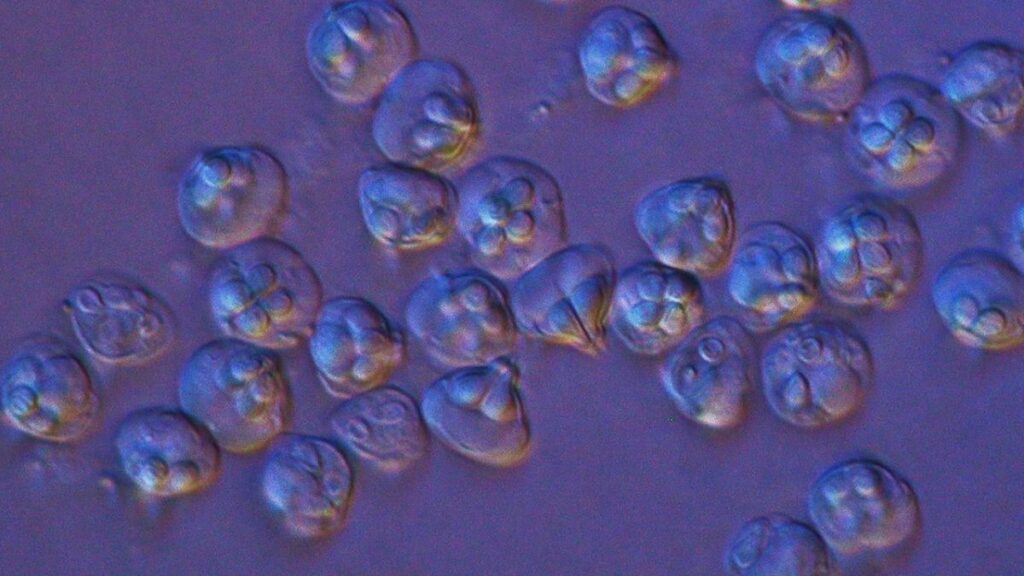
The myxozoa jellyfish, a type of parasitic zooplankton, is the smallest animal in the ocean. There are about 30,000 species of myxozoa jellyfish, and they are all microscopic.
These tiny animals are so small that researchers don’t bother measuring them in millimeters. Instead, they measure them using micrometers (μm). In total, myxozoa jellyfish grow to about 10-300 μm (0.01-0.3 mm) in length.
Even more interesting is that myxozoa have not evolved like other species alive today. Instead, they have devolved. Myxozoa jellyfish used to be free-swimming, but now they are parasites, relying on others to survive.
They do not have mouths or digestive systems and can not survive on their own. Their cells cannot communicate with one another, they cannot breathe through aerobic respiration, and they have no coordination.
Despite their simplicity, they still have the one characteristic that qualifies them as a jellyfish: nematocysts, or stinging cells.
2. Other Zooplankton
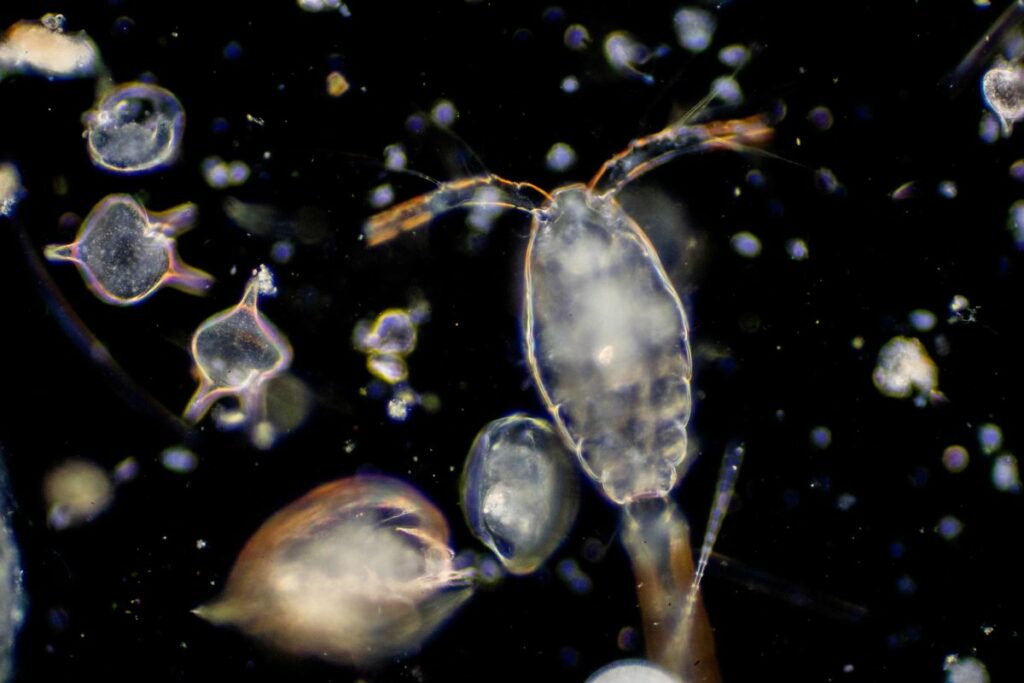
Although not as tiny as the myxozoa jellyfish, other zooplankton are microscopic as well. The smallest zooplankton species, micro-zooplankton, only reaches about 0.08 in (2 mm) long.
Zooplankton are tiny invertebrates that encompass several species, including single-celled protozoa, krill, and jellyfish.
Most zooplankton species are less than an inch long. You need the help of a microscope to see most of them.
Zooplankton are small, placing them at the bottom of the food chain, but without them, other species would crash. Many species, like the blue whale, only consume zooplankton.
Smallest Fish In The Ocean
Many of the fish we keep in our aquariums seem tiny, but some of the fish in the ocean are truly miniscule in comparison.
3. Photocorynus spiniceps (Anglerfish) — The Smallest Fish In The Ocean
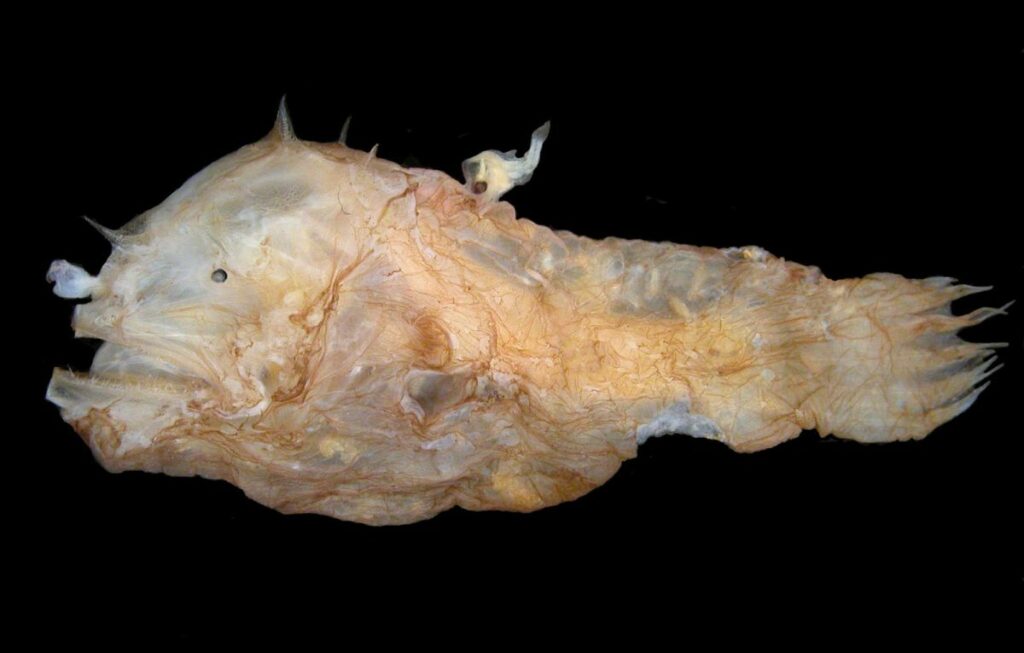
The smallest species of fish in the ocean is the Photocorynus spiniceps anglerfish, which measures just 0.24 in (6.2 mm) long.
These anglerfish live in the tropical and subtropical waters of the Atlantic and Pacific Oceans.
Some researchers argue we should not consider Photocorynus spiniceps the smallest species of fish, because it is only the males that stay small. The females can reach up to 1.65 in (42 mm) long.
The males stay small because they are parasitic for most of their lives, relying on the body of the female to sustain them. When they find a female, they attach themselves to her and provide sperm for reproduction.
Anglerfish live in the deep ocean where visibility is all but nonexistent, and fish populations are sparse. It’s unlikely that a male and female anglerfish could find one another at the exact time they need to in order to mate. So, once a male finds a female, he stays with her forever.
4. Stout Infantfish (Schindleria brevipinguis)
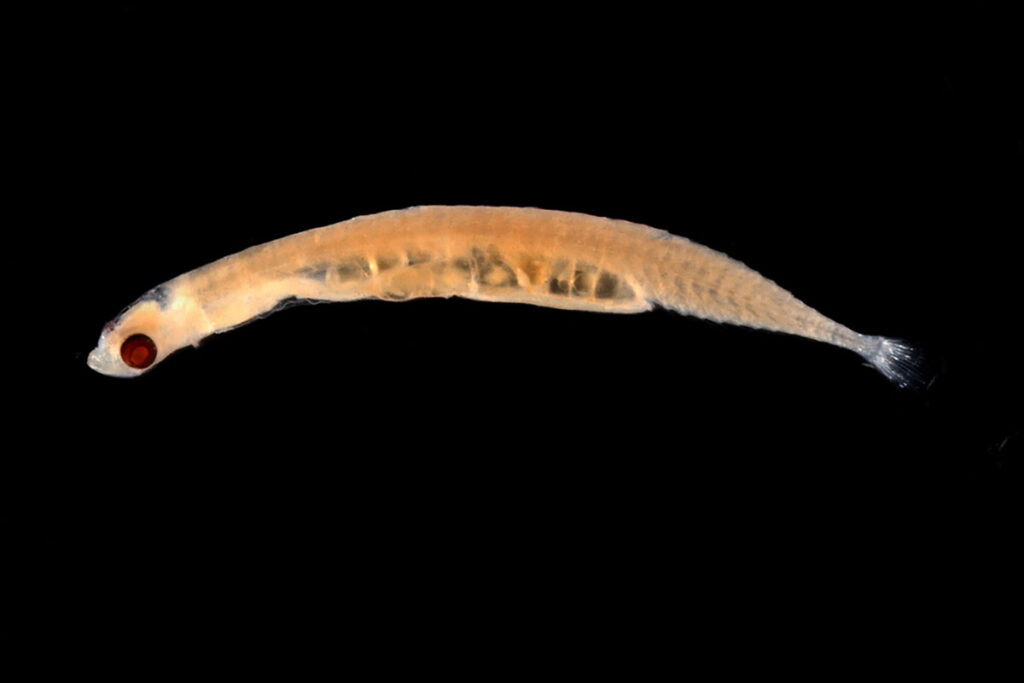
Some researchers say the stout infantfish is really the smallest fish in the ocean because both the male and female stay small. Females grow to about 0.24-0.26 in (6.2-6.5 mm) while males grow to about 0.26-0.3 inches (6.5-7.5 mm).
Along with their tiny body, stout infantfish also have incredibly brief lives of only two months.
So far, we have only spotted these fish on the Great Barrier Reef and the Osprey Reef.
5. Paedocypris progenetica
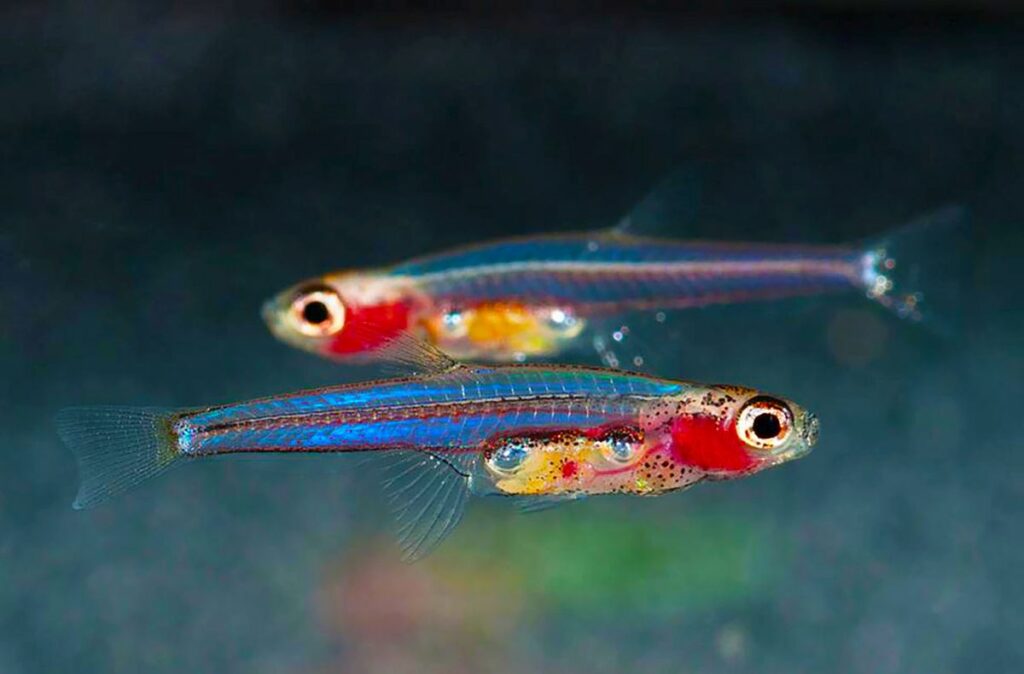
Paedocypris progenetica was once thought to be the smallest fish in the ocean, the smallest individual only measuring 0.31 in (7.9 mm) long.
Unfortunately, the International Union for the Conservation of Nature (IUCN) lists these fish as “near threatened” because their Southeast Asia peat swamp habitats are in decline.
6. Pygmy Seahorse (Hippocampus bargibanti)
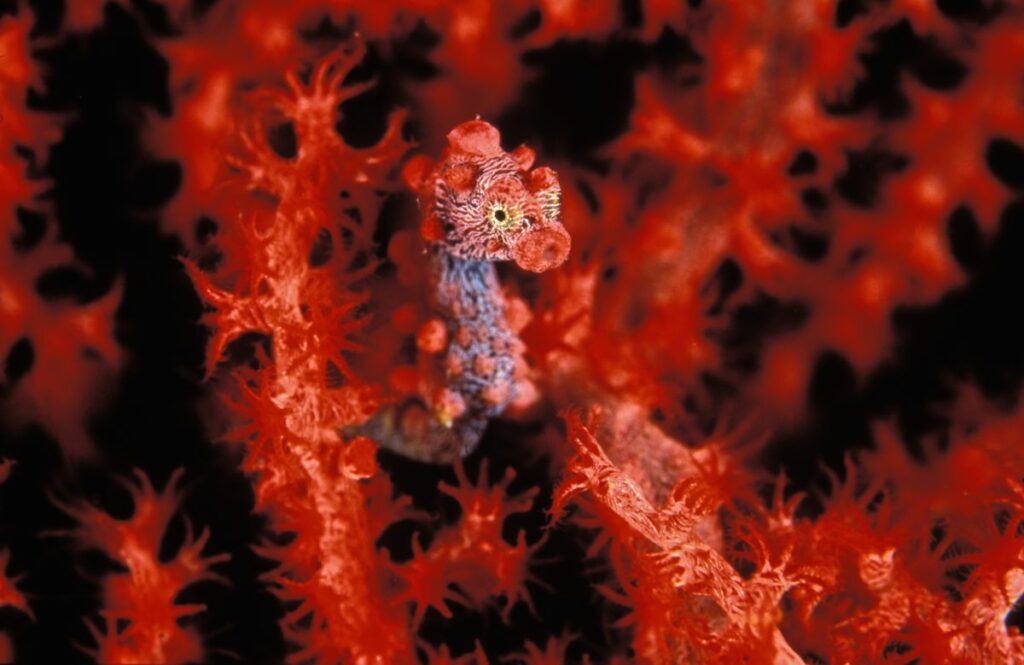
Pygmy seahorses are one of the smallest and cutest fish you can also keep in your home aquarium. “Pygmy” seahorses encompass several species of tiny seahorses, all averaging about 0.5-1 in (1.27-2.54 cm) in length. The smallest species measures just 0.54 in (13.8 mm) from the tip of its tail to its snout.
These seahorses are masters at blending in with their surroundings and evading predators. They live amongst soft coral and sea grasses, taking on both their color and texture.
Besides blending in with the coral, pygmy seahorses form a symbiotic relationship with the corals. The Dutch Shark Society describes this process:
“Pygmy seahorses live on tropical coral reefs and have a complex symbiotic relationship with soft coral species like the Venus Sea Fan.
The brine shrimp that form the main component of the pygmy seahorse’s diet, feed on dinoflagellate algae. In turn, this species of algae uses photosynthesis to create the carbon compounds that nourish the Venus Sea Fan.”
7. The Dwarf Lantern Shark (Etmopterus perryi) — The World’s Smallest Shark
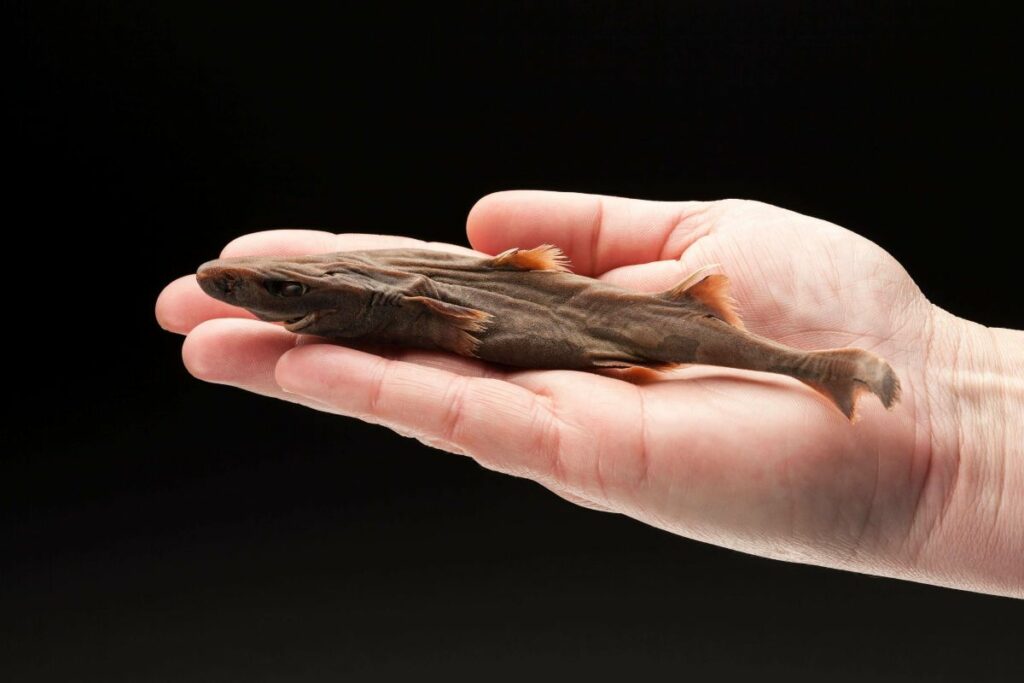
The dwarf lantern shark is the smallest shark in the world, growing to a maximum of 7.9 in (20.1 cm). They are so small you can fit them in the palm of your hand. Because of their small size, they feed on krill and other tiny crustaceans.
These sharks get their name from the light-generating organs — called photophores — that line their stomach. The Smithsonian describes the purpose behind these organs:
“Like other lantern sharks, the dwarf lantern shark has light-emitting organs called photophores along its belly and fins. These help them camouflage when they feed in shallower water: the lit-up belly blends in with sunlight streaming down from above. In darker water, the light attracts smaller animals, which the shark preys upon. It also has big eyes (for a shark) to help it see in the mostly-dark waters of the ocean’s twilight zone.”
Dwarf lantern sharks live in the Atlantic ocean and the Caribbean Sea. They are deep-sea dwelling sharks who live in icy waters about 928-1,440 ft (283-439 m) below the ocean’s surface.
Because it lives at such incredible depths, researchers have only seen it a few times, making it hard to study.
They are a member of the dogfish shark family.
Smallest Invertebrates In The Ocean
Invertebrates are generally much smaller than vertebrates, but some of these tiny invertebrates are some of the most interesting creatures.
8. Irukandji Box Jellyfish (Carukia barnesi)
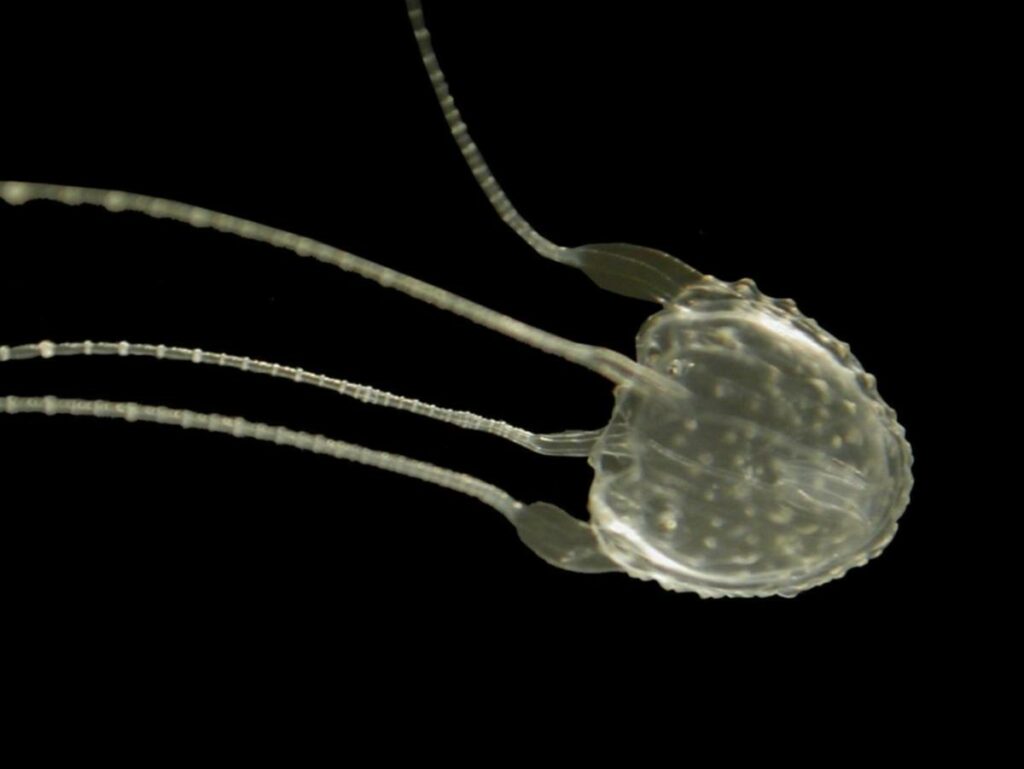
The Irukandji box jellyfish is the smallest known species of jellyfish in the world. They are also the most venomous and deadliest. These tiny creatures average 0.06 cubic in (0.98 cubic cm).
Irukandji jellyfish contain venom more toxic than any other jellyfish in the world, and they’re better equipped to inject that venom. Most jellyfish only have stinging cells in their tentacles, but Irukandji jellyfish have them in their bells, too. No matter where you touch this jellyfish, it’ll provide you with an excruciating sting.
Most jellyfish are weak swimmers, so they allow the currents to blow them across the ocean. Irukandjis and other box jellyfish species are strong swimmers and actively propel themselves throughout the ocean. Irukandji jellyfish can travel as fast as 4 knots (7.4 km/h).
9. Mysis Shrimp
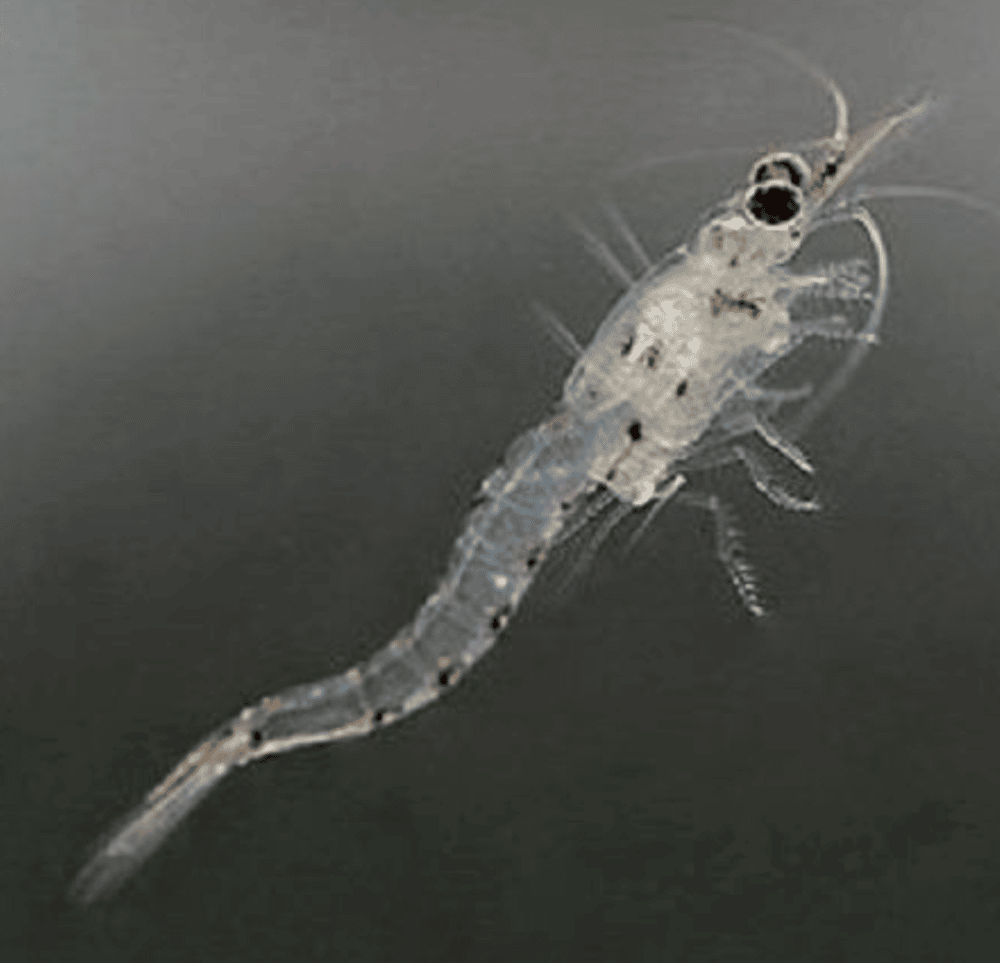
Mysis shrimp are tiny crustaceans that live in both the shallow and deep ocean. These tiny shrimp only grow to about 0.19-0.98 in (5-25 mm) in length.
Most live at the bottom of the ocean, where it’s darker and they can burrow into the seabed. They are nocturnal, so they spend their days hiding, but come out at night to hunt plankton.
Other species are free-floating, spending their time in the open ocean. Yet others hide amongst kelp forests rather than in the seabed.
Mysis shrimp is an essential food source for many ocean animals, including the pygmy seahorse. They are one of the most popular feeders that marine fish keepers use for their fish’s meals.
10. Sexy Shrimp (Thor amboinensis)
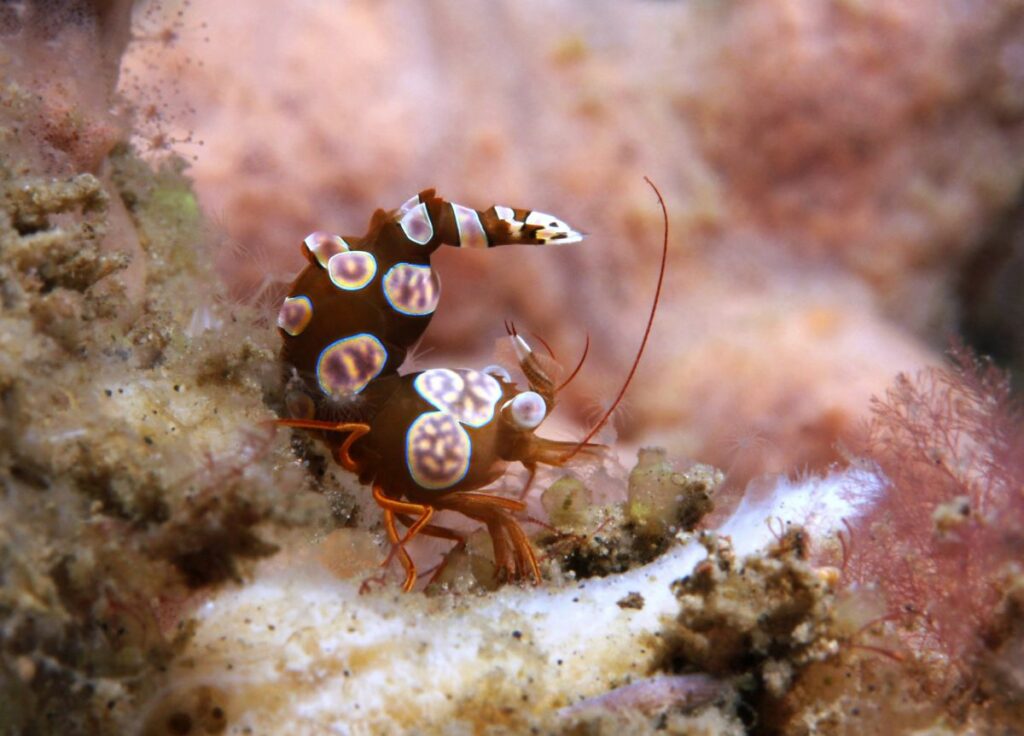
The sexy shrimp gets its name for the intricate dance they perform to attract mates. Their bodies only grow to about 0.5 in (1.27 cm) in length.
Sexy shrimp live in the Atlantic and Indo-Pacific oceans, where they inhabit corals and anemones that keep them safe. They are a popular choice for many hobbyists who keep reef aquariums.
11. Pea Crab (Pinnotheres pisum)
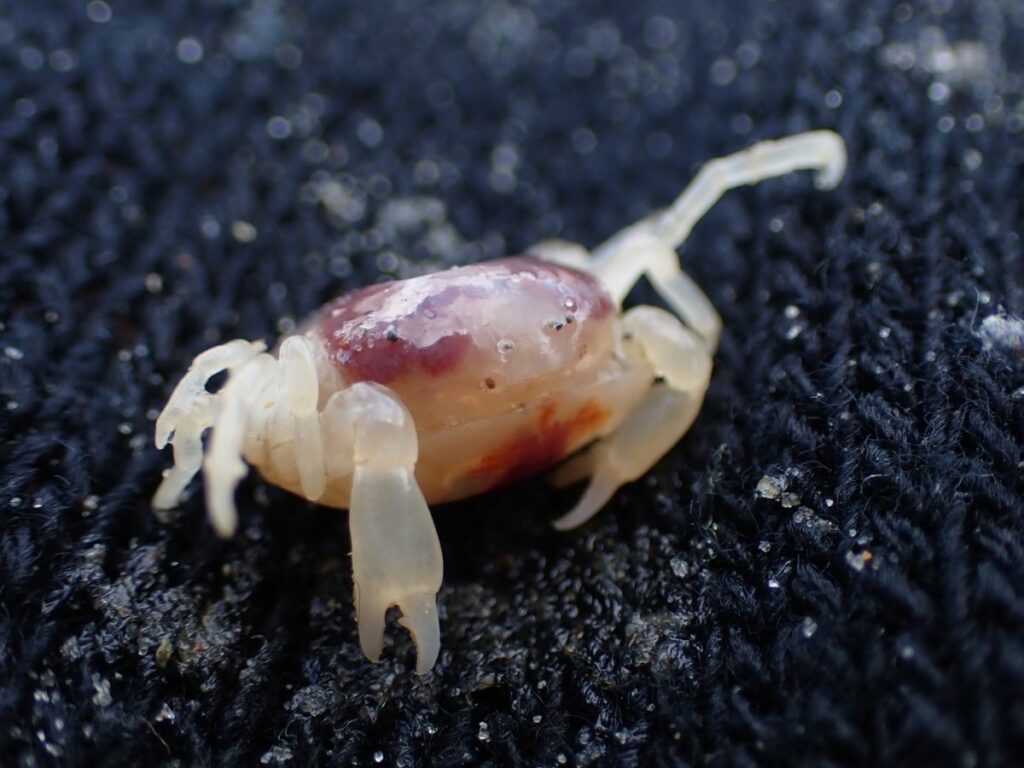
Pea crabs are the tiniest crabs, with females growing to about 0.31-0.47 in (8-12 mm), and males only growing to about 0.28 in (7 mm) long.
In their larval form, pea crabs are soft-bodied because they haven’t yet developed their shell. For protection, they climb inside oyster shells, stealing food from the oyster.
Because the oyster offers protection, some pea crabs choose to stay there, never developing their hard shell. Others leave the oyster’s protection after they’ve matured and developed their hard shell.
Pea crabs offer nothing to the oyster in return for its protection, so it’s considered a type of kleptoparasite. It does not kill the oyster, because it would lose its protection, but it can negatively affect the oyster’s health.
12. Star Sucker Pygmy Octopus (Octopus wolfi)
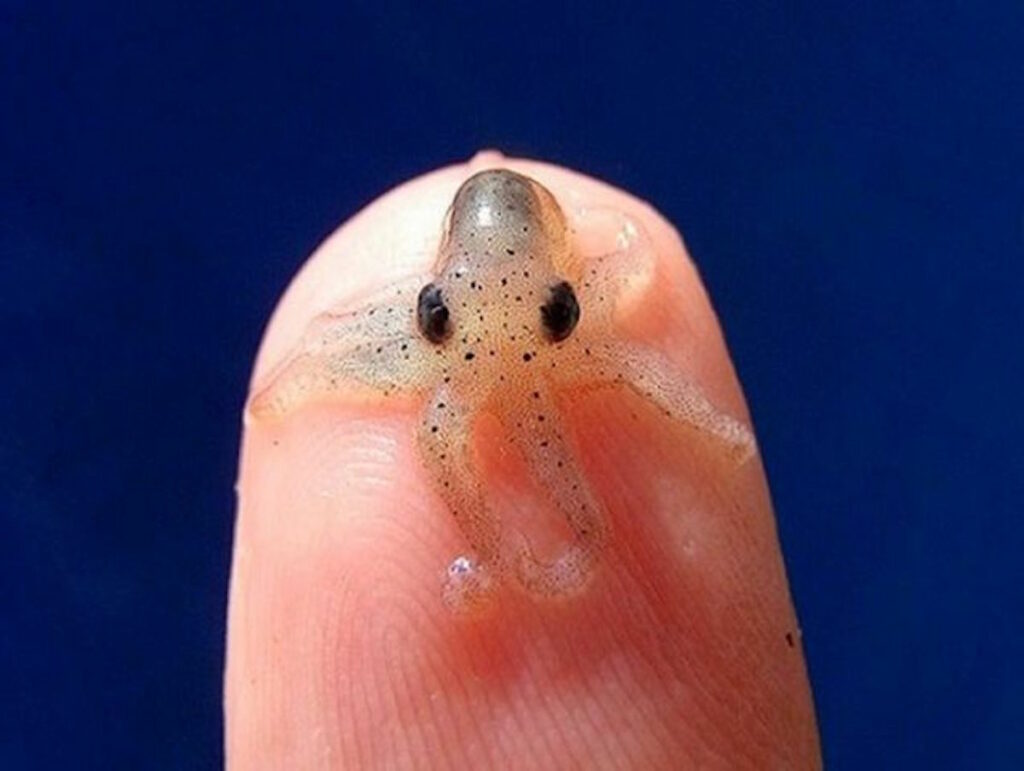
Star sucker pygmy octopuses grow less than 1 in (2.54 cm) in length and can fit on the tip of your finger. They weigh little, less than 0.03 oz (1 g). As juveniles, they are even smaller, only the size of a flea and feeding on microscopic zooplankton.
These tiny octopuses live in the western Pacific Ocean where they hide amongst the coral reefs. Because of their tiny size, they only live about six months. Before they die, females can lay up to three clutches of eggs, which is unique to their species. Most octopuses only produce one clutch.
13. Dotos — Nudibranchs

There are over 2,000 species of nudibranchs, and some can grow up to 12 in (30.5 cm), so they don’t all belong on this list. But some nudibranchs, like dotos, usually grow less than 0.59 in (15 mm) long.
The easiest way to see dotos is by first noticing their white egg masses which form on the hydroids they like to eat. They only eat hydroids, and they change their color to match their prey.
The hammerhead doto (Doto amyra) is uniformly pale with no dark markings. Researchers think they are the smallest species of nudibranch, growing to only 0.4 in (10 mm) long.
British Columbia dotos (Doto columbiana) are beige with dark brown spots across the entirety of their bodies. Their cerata, gill-like external organs, curl over their backs and seem to glow.
The dark doto (Doto kya) is piebald with many unique black markings across its white body.
Conclusion
For the longest time, Paedocypris progenetica was thought to be the smallest fish in the ocean, but then researchers discovered the Photocorynus spiniceps anglerfish.
With about 80% of the ocean unexplored, there are probably many animals much smaller that we don’t know about yet.
For now, the myxozoa jellyfish remains the smallest animal in the ocean, but it’s bound to be outranked as research progresses.
FAQs
The Arctic Ocean is the smallest of the world’s five oceans, with an area of about 6.1 million sq. miles (15.7 million sq. km). In comparison, the world’s largest ocean is the Pacific Ocean, which spans 63.8 million sq. miles (165.2 million sq. km).
The smallest mammal in the world is the Kitti’s hog-nosed bat, or bumblebee bat. They get their name because they only grow to the size of a bumblebee, about 1.18 in (3 cm) long.
